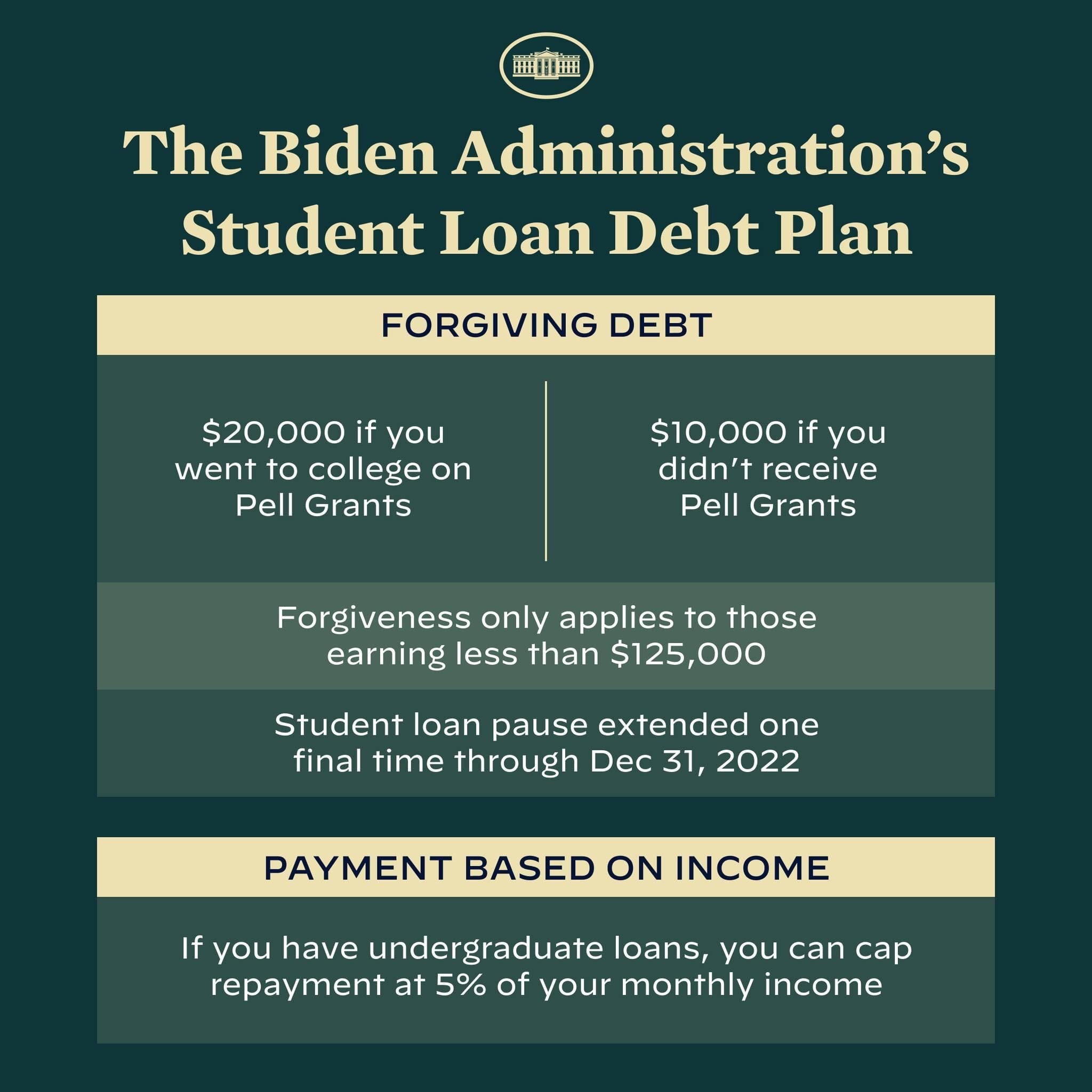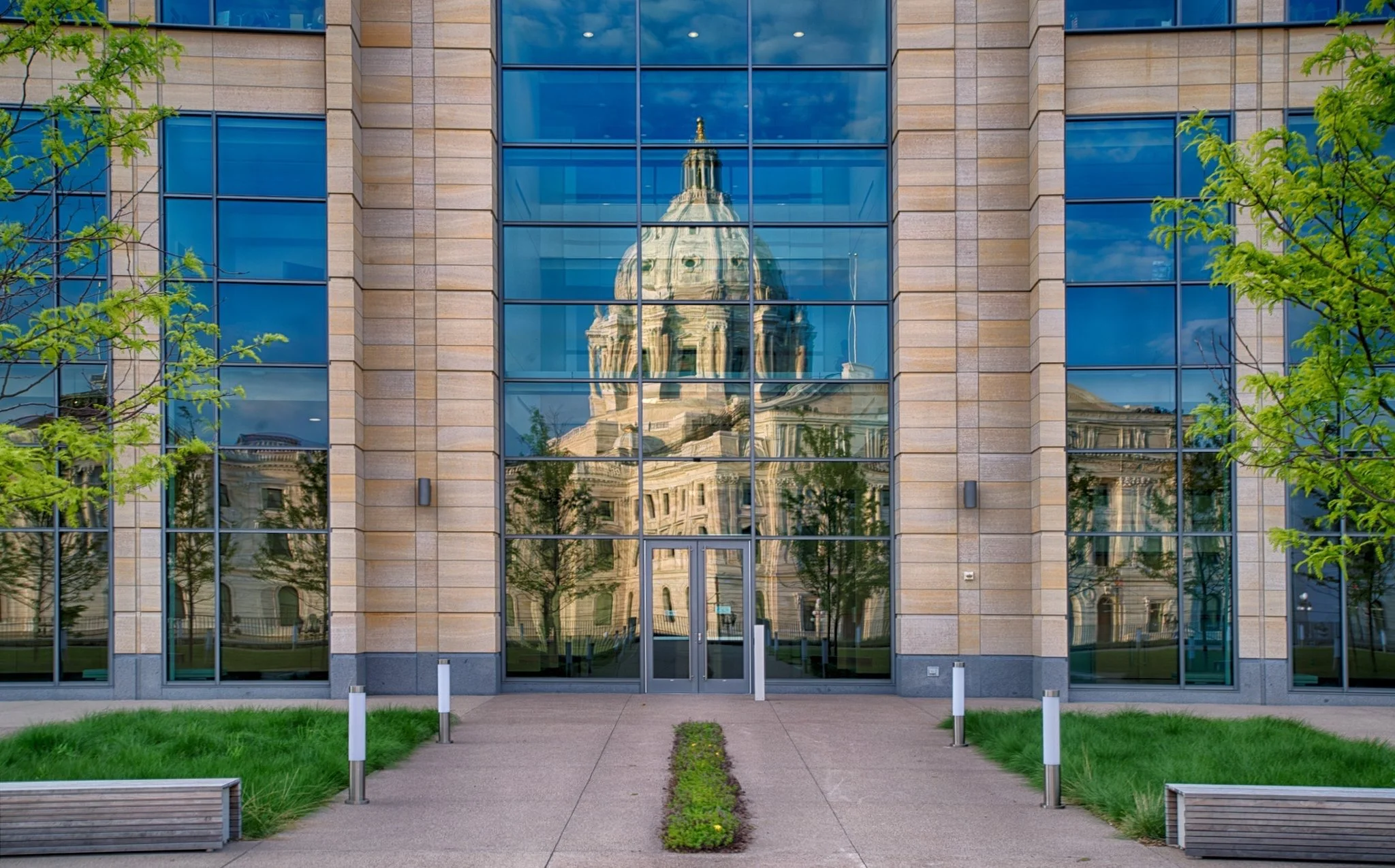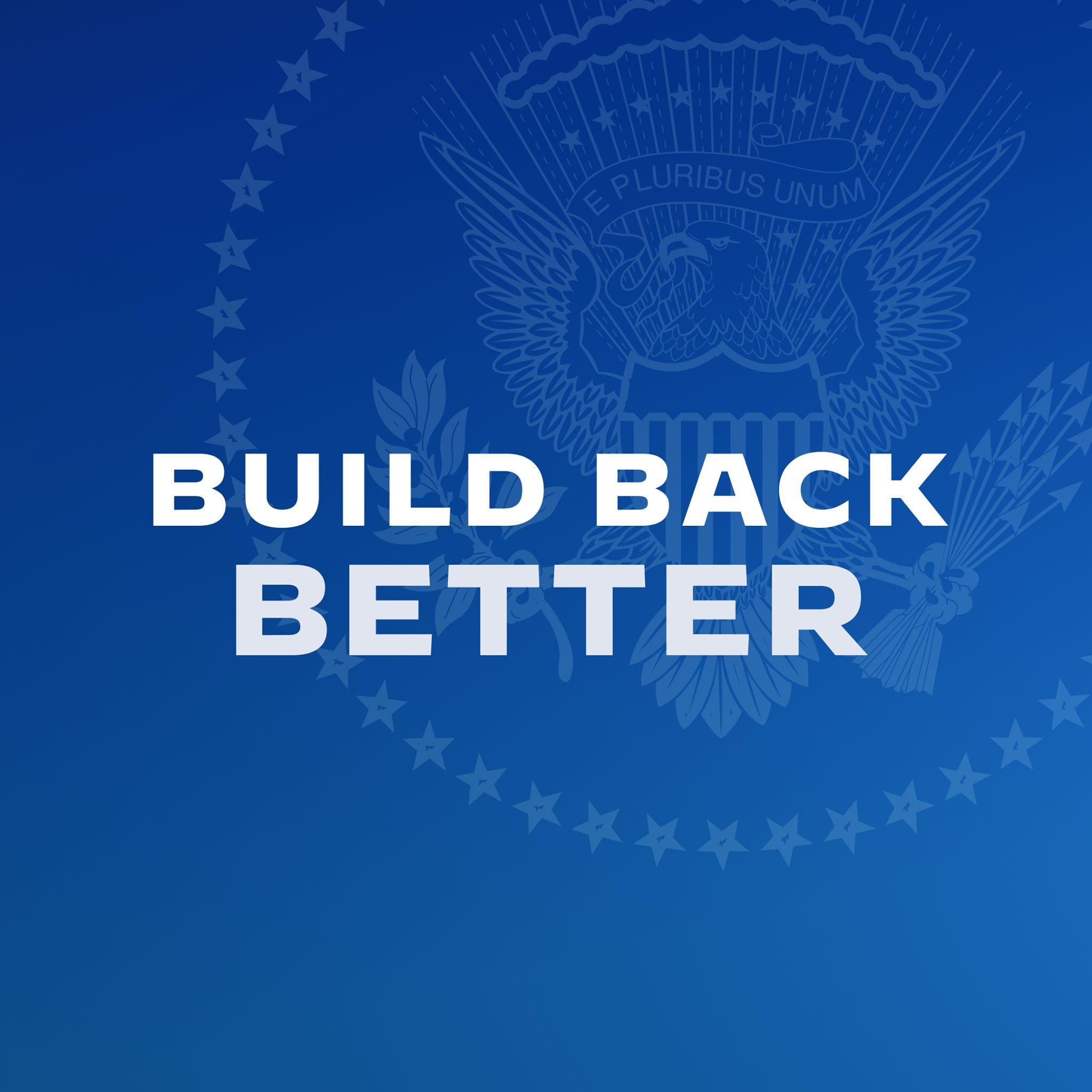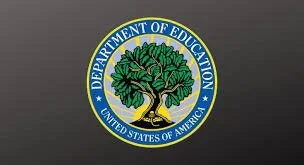Both House and Senate versions are detrimental to higher education.
May Day Action
TAKE ACTION: Hands off Our Healthcare, Research, Education & Jobs
Celebrating the Transformative Success of Minnesota’s North Star Promise Program
MN Legislature Passes Tax Conformity Bill.
IFO Board Approves 2023 Legislative Priorities
Please join us on Wednesday, December 7, for a virtual presentation of the priorities and some more context behind each goal. Click here to register.
Student Debt Relief Application Now Live
IFO Leads on Securing $130 Million in Pharmaceutical Savings
MN Early Voting Has Begun
Welcome Back!
Pres. Biden Announces Student Loan Forgiveness Plan
At a press conference this afternoon, President Biden will announce his plan to forgive student loan debt. Details of the plan can be found at https://studentaid.gov/debt-relief-announcement/
Frontline Worker Pay Application Open
Agreement Announced on Frontline Worker Pay
IFO Legislative Update
IFO Contract and Legislative Update
The 2022 session kicked off last week. The IFO has been hard at work connecting with legislators. We have a long list of legislative priorities for 2022 including passing the contract, supplemental funding, increasing retirement benefits, advancing campus gun safety measures, and more. You can read the full list of IFO legislative priorities here.
Yesterday, IFO representatives had an opportunity to present our legislative priorities in front of the House Higher Education Committee. Our testimony focused on a few key issues; funding for campuses, allowing campuses to adopt policies restricting visitors from carrying a firearm while on campus, and funding for the Increase Teachers of Color Act.
Committee hearings are starting, and bills are being introduced rapidly. Below are some of the bills the IFO is following closely:
HFXXXX/SFXXXX – Contract ratification bill. Bill is being drafted.
HFXXXX/SFXXXX – Campus gun safety bill. Bill is being drafted.
SF2734 (Frentz) – This bill increases the employer contribution to IRAP.
SF2965 (Eichorn) – provides a $1500 annual/$3000 total grant to students enrolled in an associate degree law enforcement program.
SF2964 (Jasinski) – Adds law enforcement as one of the eligible disciplines eligible for the Workforce Development Grants for MinnState students.
HF3034 (Keeler) – Restricts MinnState institutions from requiring prospective students to submit SAT/ACT scores for admission or financial aid.
IFO Contract
The ’21-‘23 IFO contract agreement has gone into effect. A joint legislative subcommittee gave unanimous approval to tentatively implement our contract. The legislature will still need to vote to ratify the contract as part of the regular 2022 legislative session for it to permanently go into effect. Passage of the contract will be the top priority of the IFO during the 2022 legislative session.
Supplemental Funding:
The IFO is working with legislators to pass a supplemental budget that includes $55 million for direct campus support. $25 million would be used to fully fund a tuition freeze and $30 million is to close a structural deficit created by last session's budget agreement.
A state budget forecast will be released in the coming weeks and that will be the number legislators use to develop a supplemental budget. The current estimate is a $7.7 billion surplus. The legislative bodies will develop their budget proposals in March and April with the goal of working through a negotiated agreement before the constitutional end date of May 23, 2022.
Gov. Walz Supplemental Budget Recommendations
Governor Walz is recommending $39 million in additional funding for Minnesota State. This consists of $24 million for direct campus support, and $15 million for equity and affordability directly supporting students' critical needs and support services. The Governor also recommends increased funding or the creation of the following programs within the Office of Higher Education:
Underrepresented Student Teacher Grant program.
Student Teachers in Shortage Areas (STSA)
Teacher Shortage Loan Repayment Expansion and Increase
College Application Fee Waiver Grants
Student Parent Center Grants
Emergency Assistance for Postsecondary Students (EAPS)
State Grant Modifications
Tribal College Supplemental Grant Assistance Program Expansion
Dual Training Competency Grants
Fostering Higher Education Grants
Legalizing Adult-Use Cannabis
The Governor also recommended fully funding the Public Employment Relations Board (PERB). Fully funding PERB will provide better enforcement of Unfair Labor Practices (ULP’s) and help workers.
You can read more details of Governor Walz’s 2022 supplemental budget recommendations here. The Higher Education section begins on page 13.
Capital Investment (Bonding)
Even-numbered years of Minnesota legislative biennia are typically considered “bonding years.” The legislature will consider as much as $10 billion worth of bonding projects this session. From the proposed projects, each legislative body and the Governor will release proposals and work to come to a compromise. Bonding bills require a 3/5 vote to pass, not a simple majority. This forces the majority party to work with the minority party in earnest to pass a bill.
MinnState has put forward a request for $292 million. Included in that request is $150 million for Higher Education Asset and Preservation (HEAPR) projects. HEAPR projects are typically roofs, heating and cooling systems, and code compliance updates. The 7 universities have the following new building or renovation projects up for consideration by the Legislature:
$19 million for MSU-Moorhead Weld Hall renovation and addition.
$7.1 million for MSU, Mankato Armstrong Hall design and renovation.
$4.2 million for Winona State Center for Interdisciplinary Collaboration, Engagement, and Learning design.
$4.3 million for Metropolitan State University Cybersecurity Lab design and renovation.
$16.9 million for Metropolitan State University/Minneapolis College Management Education Center remodel.
$1.2 million for Southwest MN State Wellness and Human Performance Center planning.
$4.5 million for St. Cloud State Education and Learning Design Complex planning.
Gov. Walz Bonding Recommendations:
Governor Walz is recommending a $2.7 billion bonding package, of which $261 million is for Minnesota State. This breaks down to $118 million HEAPR and $143 million in funding for all twenty projects on the system's list, including all the university projects listed above. Further details regarding Minnesota State’s bonding request can be found on the Minnesota State legislative web.
The Legislative bodies will work through their process and release bonding bills in April or May.
Please contact me with any questions. We'll be sending out issue briefs during the session to provide more detail for members about the IFO's legislative priorities.




















